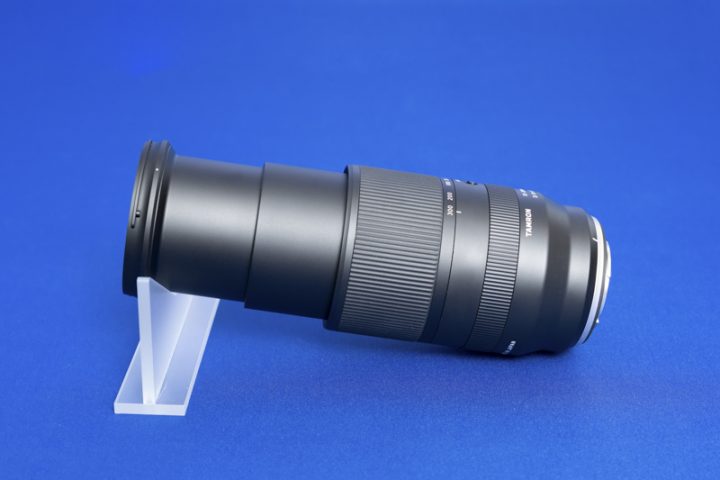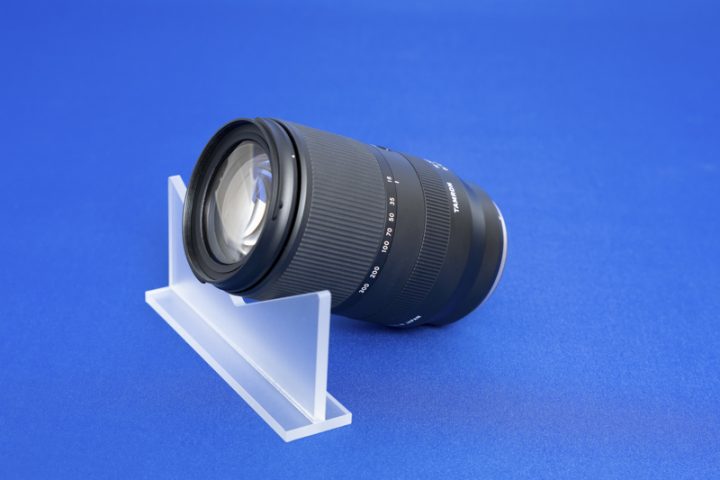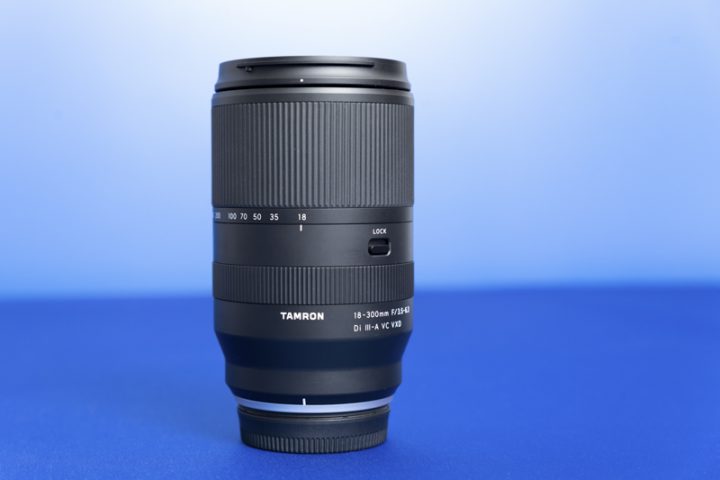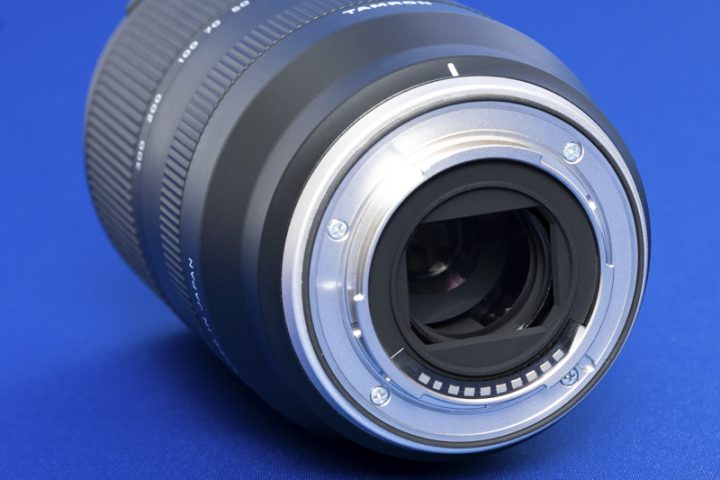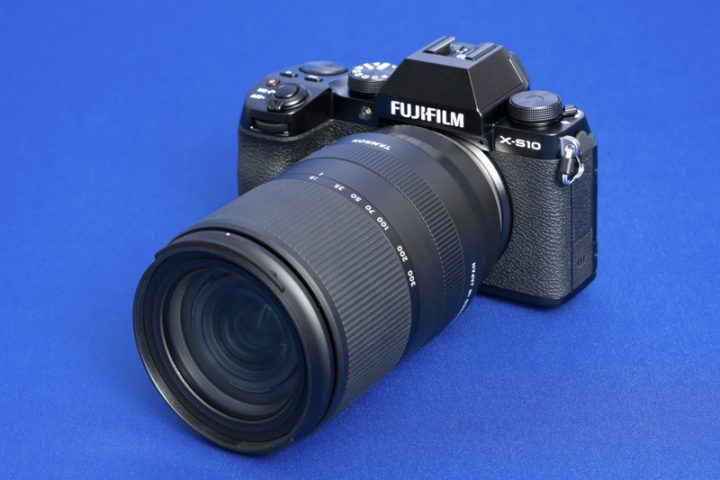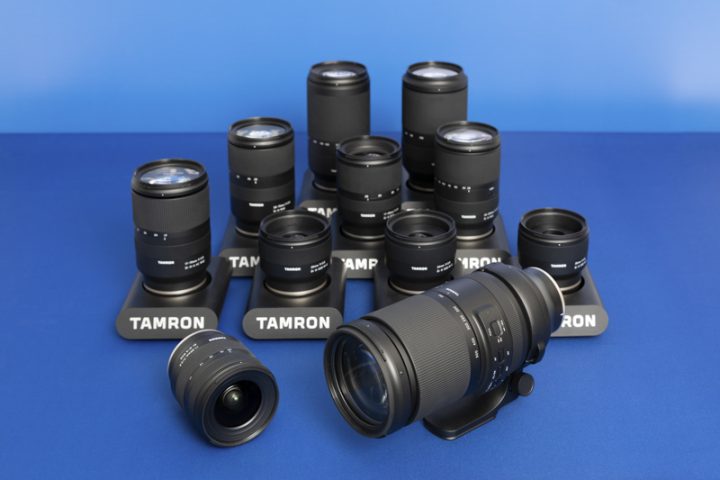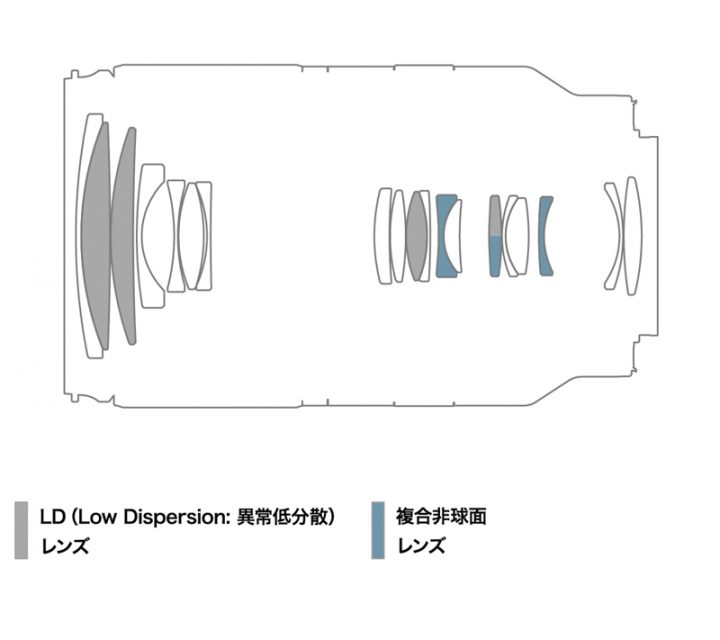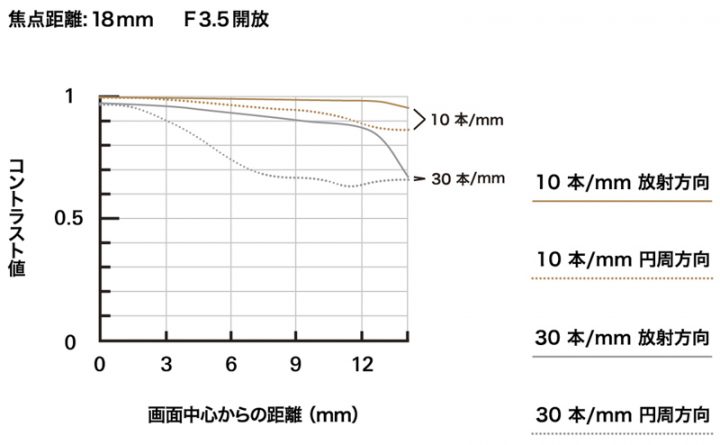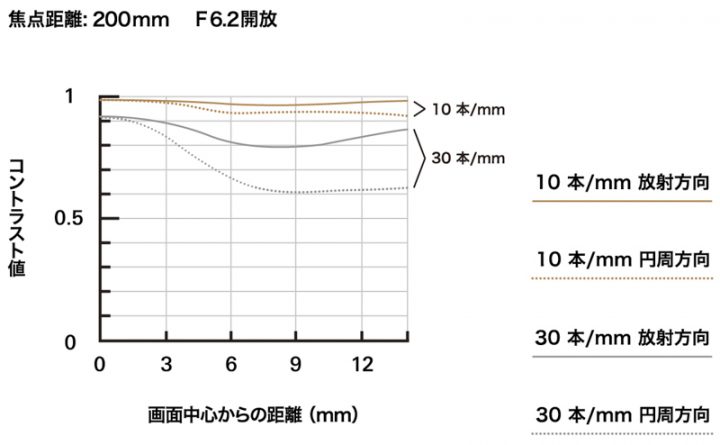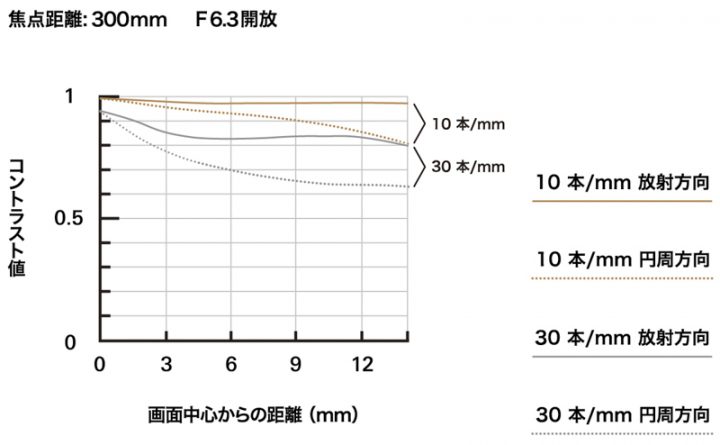Tamron Managers Interview: “Fujifilm’s Market is Sufficiently Large. We Plan more X Mount Lenses” and more Tamron 18-300 Images
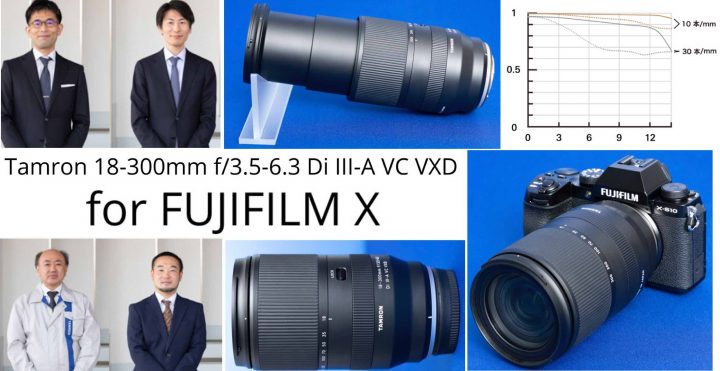
In a Japanese interview to dc.watch, Tamron talks about them entering the Fujifilm X series market with the brand new Tamron 18-300mm f/3.5-6.3 Di III-A VC VX D.
Down below you can find the summary (based on google translate).
You will also find more images that show the lens mounted on the super small Fujifilm X-S10 as well as fully extended to 300mm.
Note that Tamron says the Fujifilm X market is big enough, hence they will release more X mount lenses in future they can’t unveil now.
The FujiRumors community voted on their top 10 Tamron (and Sigma) wishes already. You can find the results here.
Developing the Lens for Fuji X
- Tamron started developing this lens over a year ago, when Fujifilm decided to share the X mount protocols to third parties
- they want to develop products that are easy to use and reasonably priced
- Sony has a large market, but also Fujifilm has a sufficiently large market to make a good business
- Customers asked Tamron to expand also to other mounts
- Tamron chose a superzoom to start with, because Fujifilm itself offers only the XF18-135mmF3.5-5.6 in terms of high-magnification zooms
- The Tamron 18-300mm f/3.5-6.3 supplements Fujifilm’s current lineup
- if you want to shoot with one lens only and make space in your camera bag when you travel, the Tamron 18-300mm f/3.5-6.3 is ideal
- The Tamron 18-300mm f/3.5-6.3 has an ergonomic design that is designed to give users a feeling of warmth and familiarity with their hands.
Reducing the Size and Weight
- There are many small, lightweight, high-performance mirrorless cameras are on the market, so the lens has to be small too
- The first prototype was much larger. The maximum diameter of the first prototype was 80.5mm
- But after repeating the design and interaction many times, Tamron was finally able to reduce it to this size while maintaining the optical performance and operability
- The filter diameter is also 67 mm, which makes it common to other of Tamron’s products.
- The weight will be about 620g, making it possible to shoot with one hand (even though the manager does not recommend it)
- We have achieved weight reduction by arranging metal parts and engineering plastic parts in appropriate places while balancing product strength and weight.
Incredible close-up performance
- shortest shooting distance of 0.15m at the wide end of 18mm and a working distance of about 5mm. It’s millimeters, not centimeters. If you have a filter attached, you can get close enough to make contact
- the goal was also to improve close-up photography performance
- It ‘s natural for smartphones to come close to us, so I think many people will accept products that have virtually no restrictions on the shortest shooting distance. However, during close-up photography, the attached filter may come into contact with the subject or the lens may hit.
The Motors inside the Lens
- this is the world’s first high-magnification zoom for APS-C mirrorless cameras
- Mirrorless lenses need to move the focus lens group directly with a motor. Another motor is required for opening and closing the aperture blades and another motor for image stabilization mechanism VC, so a total of three motors are built in. If this is not arranged properly, the lens barrel will become thick
- in order to drive the optical system with a small motor it is necessary to make the focus system lens group as light as possible. Although there are restrictions on the focus lens group, it was a difficult design to require high-dimensional image quality that matches the latest high-performance cameras.
- downsizing the lens was the biggest challenge
Image Quality
- For high-magnification zoom, it is necessary to expand and contract the lens barrel as each zoom group moves along the cam
- the zoom magnification is 16.6x, so the amount of movement of each zoom group is much larger than the Tamron 28-200mm F / 2.8-5.6 Di III RXD released last year (for full frame). Plus it also has built-in image stabilization, which makes it more difficult to design
- image quality is at the highest level compared to Tamron’s other superzooms
- 7 lens for image quality, but Tamron succeeded in controlling the movement of each complicated group with high accuracy and smoothness
- image quality is definitely not bad
- You can take advantage of the digital correction that is unique to mirrorless cameras, but even if you do not use it, the image quality is high enough to cover the performance of the latest digital cameras.
Autofocus Performance
- it’s the first superzoom of Tamron to use the linear motor VXD (Voice-coil eXtreme-torque Drive)
- The VXD was first used in our Tamron 70-180mm F / 2.8 Di III VXD, but it was well received for its extremely fast and accurate AF
- Tamron does not think you will be dissatisfied with the AF performance
- VXD is a linear motor, it can significantly suppress noise compared to other motors even when shooting movies.
The Future
- We are also planning other X-mount lenses. I can’t say when, but I hope you can look forward to it.
Tamron 18-300mm f/3.5-6.3: BHphoto / AmazonUS / Adorama
via dc.watch
The Fastest Growing Fujifilm Group
- Fujifilm Film Simulation Group (100% Fuji Colors Power)
Join Our Owners Groups
- Fujifilm GFX User Group
- Fujifilm X-T User Group
- Fujifilm X-S User Group
- Fujifilm X-H User Group
- Fujifilm X-E User Group
- Fujifilm X-Pro User Group
- Fujifilm X100 line Group
Join Our Facebook Pages


